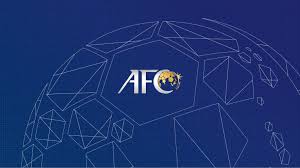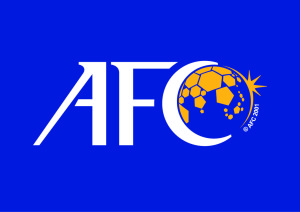September 13 – The AFC has released a set of reforms covering its women’s national team competitions that revamp the qualification pathways to their finals and World Cups.
The new competition structures, that include national team youth competitions, are aimed at “increasing and creating” an equal number of match opportunities for teams over each four-year cycle and improve the competitive balance.
They see the creation of a new standalone World Cup qualification competition as well as an increase in frequency and teams for U17 and U20 finals.
The AFC said that the reforms will better use the international match calendar to benefit player release and welfare, as well as allow nations to build up their hosting capacity and local fan base for their women’s teams.
AFC Women’s Asian Cup Qualifiers
Qualification will now take place over two rounds, both to be played in a single round-robin, centralised format. This replaces the current single-round format, which also grants automatic qualification to the Finals for the top three finishers of the previous edition.
Round 1 will feature participating teams ranked ninth and below in the FIFA Women’s World Ranking. The AFC aims to draw teams into eight groups of three or four, with the top 16 teams progressing to Round 2.
They will be joined by the top eight FIFA-ranked sides and the 24 teams will be divided into six groups of four teams.
The winner of each group and the five best second-placed teams – a total of 11 teams – will advance to the finals, where they will be joined by the host nations.
The new qualifying format will begin with the 2029 edition in Uzbekistan.
FIFA Women’s World Cup Qualifiers
For the first time in Asia Women’s World Cup Qualifiers will be a standalone competition.
Qualification will take place over three rounds, starting with the bottom-ranked teams in Round 1. Teams will be grouped to compete in a single round-robin, centralised league format – the number of entries will dictate the number of groups.
The top group teams will advance to the 24-team Round 2, including higher-ranked teams that were granted direct entry to this stage. Six groups of four teams will play in a single round-robin, centralised league format. The first and second-placed teams from each group – 12 in total – will advance to Round 3.
In Round 3, three groups of four teams will compete in a home and away league format. Round 3 can qualify directly or have a second opportunity to qualify via a playoff round (depending on the number of World Cup slots given to the AFC).
Women’s Olympic Football Tournament Qualifiers
Qualifiers will start after the completion of each Women’s Asian Cup in a single stage, replacing the current three-round standalone format, and will feature the top eight finishers in the Asian Cup.
Teams will play in two groups of four teams and play a round-robin, home-and-away league format, with the winner of each group qualifying
AFC U20 Women’s Asian Cup
Currently, qualification for the AFC U20 Women’s Asian Cup takes place over two rounds, with eight teams eventually competing in the Finals.
This will change to a single qualifying round consisting of four to seven groups of five to six teams each, subject to number of entries. The top 11 teams will qualify alongside the automatically qualified hosts to form an expanded 12-team finals.
With the expansion of the biennial U20 World Cup from 16 to 24 teams the AFC now receives four direct qualifying slots which will go to the top four finishers of the AFC U20 Women’s Asian Cup.
AFC U17 Women’s Asian Cup
From 2025 the U-17 Women’s World Cup has also been expanded to 24 teams, and will be played annually.
The AFC U17 Women’s Asian Cup finals will also now be played annually and expanded from eight to 12 teams from 2026 onwards. The four semi-finalists will qualify for the U-17 Women’s World Cup.
The current two-round qualification format will be condensed into a single round of four to seven groups of five to six teams each, subject to the number of entries. The top seven teams will advance to the finals, alongside the top four finishers of the previous edition and the automatically qualified hosts.
2025 will serve as a transition year for the AFC U17 Women’s Asian Cup, “as it is not feasible to organise both the Qualifiers and Finals within the calendar year”. To determine qualifiers for the 2025 U17 World Cup the AFC has ranked all participating teams from the past three editions of the U17 Women’s Asian Cup/AFC U-16 Women’s Championship.
DPR Korea, Japan, Korea Republic and China PR were the highest ranked nations and will be the AFC’s representatives at the U-17 Women’s World Cup in 2025 in Morocco.
Contact the writer of this story at moc.l1745691013labto1745691013ofdlr1745691013owedi1745691013sni@n1745691013osloh1745691013cin.l1745691013uap1745691013


